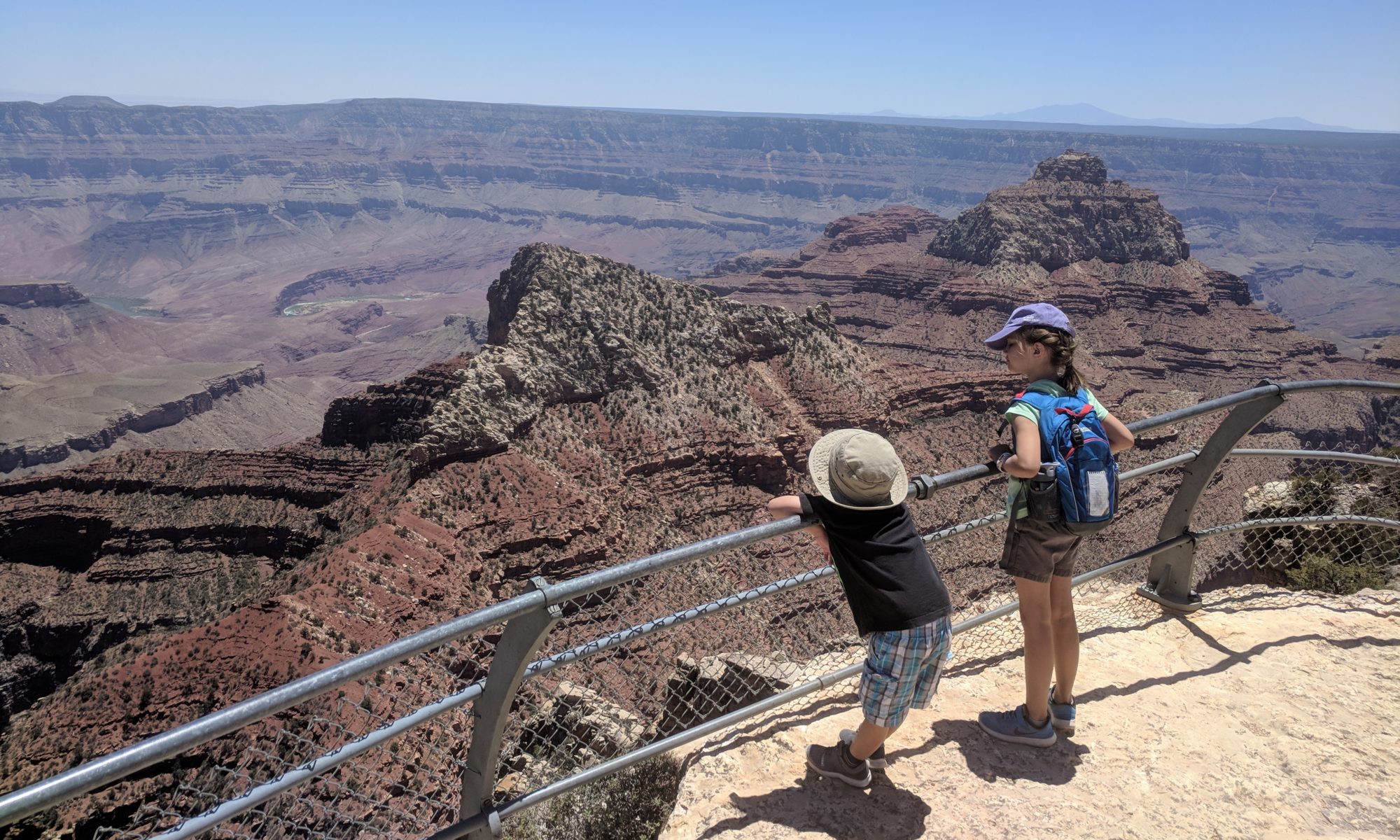June 28, 2014. That’s the last time I saw a movie in theaters (X-Men: Days of Future Past, in case you were curious…). To be frank, the movie theater here in Marshall isn’t exactly stellar for seeing big blockbuster flicks. Sure, it’ll work in a pinch, but my students tell me they can hear the other movies coming from adjacent screenings, so it isn’t really ideal…
Thus, as I’m now out of classes for the semester, I took a trip into St. Louis to see Avengers: Age of Ultron with a buddy. I enjoyed the original movie quite a bit, so I’ve been looking forward to this one since trailers first debuted. While the first movie was just about everything I wanted to see in a confluence of Marvel franchises, the sequel is a bit more convoluted.
As in the previous film, Age of Ultron is informed by events from the other Marvel movies, most importantly, Captain America: The Winter Soldier. The last remnants of Hydra are using Loki’s staff from the first Avengers movie (that they got from…somewhere…we aren’t told, though it’s kinda inferred, I guess…) to experiment on humans and the Avengers have “assembled” to get it back. They reclaim the scepter after an encounter with new villains/heroes Quicksilver and Scarlet Witch, and then return to New York to celebrate. In the process, Tony Stark discovers that the scepter has some unique properties that allow him to create an advanced artificial intelligence that, he hopes, could ultimately create machines to take over for the Avengers in defending Earth from threats. He gets in over his head and Ultron is born: a robot capable of self-replication that can evade capture through the internet, who goes on to produce more machines in an effort to cleanse the Earth of a grave threat (i.e. humanity).
So, there’s four characters already. We’ve also got the Hulk, Black Widow, Captain America, Thor, Nick Cage, War Machine, Hawkeye, Maria Hill, Hawkeye’s random wife, Falcon, Vision, Peggy Carter, Hemidal and Dr. Selvig to bring into the mix.
Just ruminate on that list for a moment. Each of those characters is attached to an actor, and not a “no name” actor. They don’t just show up for cameos: they show up for reciting lines. These are folks that generally command high dollar contracts and I can’t imagine what’s written into their Marvel Cinematic Universe contracts to get them all to show up in one movie.
Unfortunately, this is the main problem I found with it: there are simply too many people. It’s all in service of putting them in their own movies (Captain America: Civil War, primarily), and they aren’t all in it for extended lengths of time (Falcon shows up twice…War Machine shows up a few times…). That is to say, the screen time isn’t massive for many of these additional folks, but every time they appear, that has to take time from the main Avengers from the previous movie, and I think this film suffers from it.
The action and effects are still great (and yes, I think IMAX 3D was worth it for this one), and the story itself isn’t terrible, though it isn’t as strong as Winter Soldier was. While Winter Soldier makes a pretty clear point about government spying and whether threats should be eliminated before they’re actually guilty of something, this movie dances around its themes a bit more abstractly. It wasn’t quite as funny as the previous Avengers movie either, though there are a few chuckle-worthy moments. James Spader is pretty great as Ultron, though it kinda feels like he’s off in the background a bit more than I’d prefer. The film sets up the conflict between Tony Stark and Steve Rogers that’s going to come up in Civil War, though I think it’s yet another facet to pile up on top of an already large movie. Lastly, Scarlett Johansson has some great scenes, but quite a few of them this time are spent as a love interest or damsel-in-distress, so I think her character has been turned back compared with her appearances in previous MCU movies.
Ultimately, I still enjoyed it. There were some awesome battles there interspersed, especially toward the end (obviously) and they even did a decent job working in some Agents of S.H.E.I.L.D. references.
I just hope Civil War, which is looking to be even bigger than this movie, will rein in all the guest appearances. The guys that wrote and directed Winter Soldier (and did a great job) have Civil War and Avengers: Infinity War Parts I and II to hold together, so they’ve got their work cut out for them.










